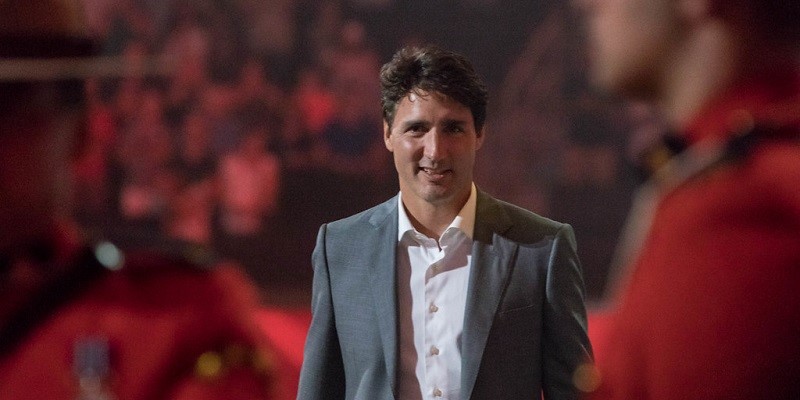Ottawa’s zeal for centralization will cost Canadians dearly

The principle of “subsidiarity” requires society to defer to the decisions of individuals and families to the greatest extent possible. There are obviously decisions and actions that should be taken collectively. But subsidiarity means we should first rely on local and voluntary organizations such as charities rather than government. If we must use government, then the default should be local and regional governments, then provincial, then federal with international as a last resort. At almost every turn, Prime Minister Justin Trudeau has rejected this principle in favour of ever-greater centralization of decision-making in Ottawa. And Trudeau’s mounting centralizations will almost certainly end in costly failure.
Subsidiarity is essential to federalist countries such as Canada, and yet the Trudeau government has consistently chosen to intervene in areas that are not only better left to the provinces but in many cases our Constitution specifically defines as areas of provincial authority. The Trudeau government’s $10-a-day daycare, dental care, pharmacare, and expanded health care and social transfers are all areas of provincial responsibility.
Spending on these initiatives is significant. The health and social transfers amount to more than $61.1 billion in 2022-23. According to projections, the new daycare program will cost almost $8.0 billion annually while the new dental benefit will cost $1.7 billion annually. Ottawa also plans to table legislation on national pharmacare next year but a specific price tag has not been disclosed, although the federal government’s Hoskins Report estimated once fully implemented national pharmacare could cost up to $15.3 billion annually.
All this new spending in provincial areas of responsibility is occurring when Ottawa cannot get control of federal finances despite surging revenues. This year Ottawa expects to spend $52.8 billion more than it has in revenues, with the total national debt reaching $1.8 trillion. And these projections are based on economic assumptions including 3.9 per cent real growth in the economy and 3.9 per cent inflation. Given how inaccurate these economic assumptions are, federal finances could be in worse shape with yet more spending and borrowing than budgeted.
Of course, some functions are most effectively completed by the federal government including defence, foreign affairs and national justice. These areas of federal jurisdiction, however, represent fairly small amounts of spending relative to the spending in provincial areas of responsibility. Consider, for example, that according to the Public Accounts for 2020-21, Ottawa spent $29.0 billion on national defence and $2.0 billion on justice compared to $40.9 billion in health transfers to the provinces and another $14.6 billion in social transfers. And again, Trudeau continues to increase spending and introduce new programs in areas of provincial responsibility.
Perhaps most disappointing is the premiers’ collective response as Ottawa further encroaches on provincial responsibilities. Rather than defending their autonomy, the premiers, regardless of political stripe, have embraced additional federal money.
The current state of federal finances (and fiscal history) predict that premiers will regret these decisions since there’s a high likelihood Ottawa will reduce the transfers to support these programs, as it did in the past, when economic reality required Ottawa to gain control of its finances.
Federalist countries work best—economically, financially and practically—when governments follow subsidiarity and respect specified areas of responsibility. Trudeau’s continued rejection of both will almost certainly end in failure with the imposition of significant costs on Canadians.
Authors:
Subscribe to the Fraser Institute
Get the latest news from the Fraser Institute on the latest research studies, news and events.


